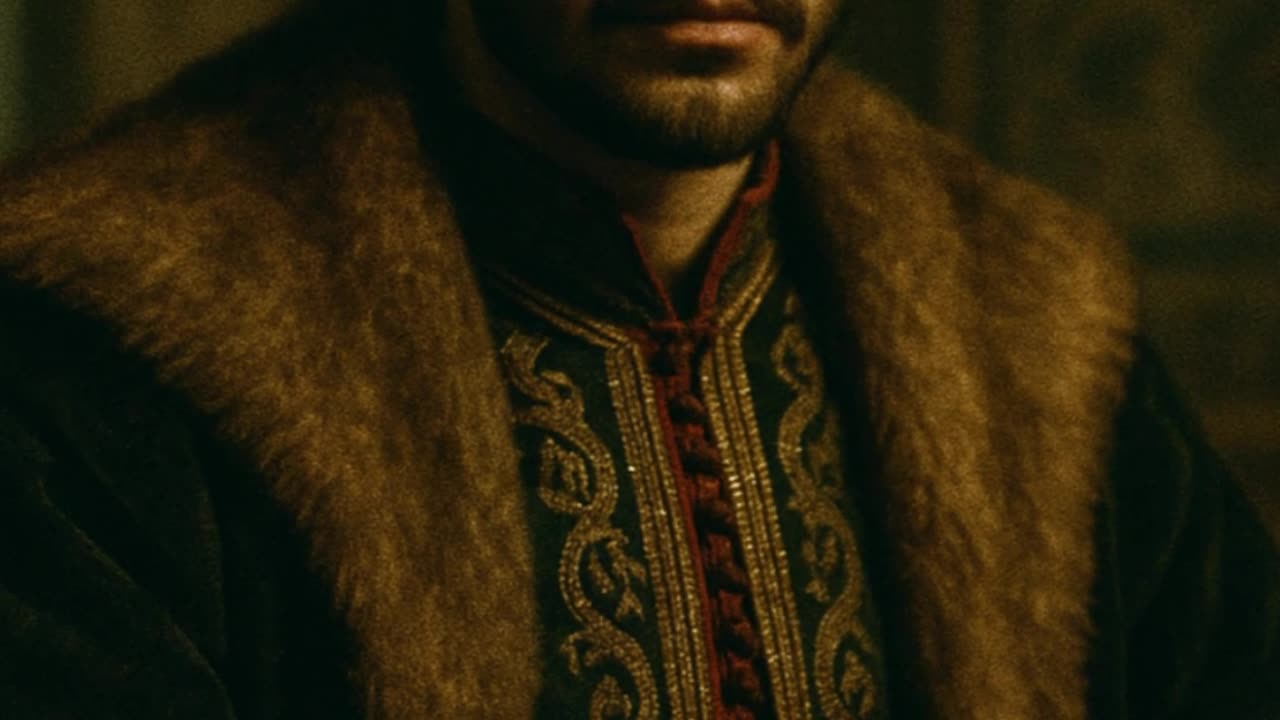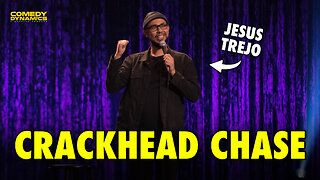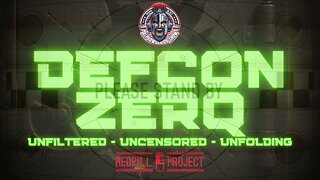Premium Only Content

conquer Constantinople
Medieval History: Empires, Wars, and Transformations
Medieval history, also known as the Middle Ages (roughly from the 5th to the 15th century), was a period of dramatic change in Europe, the Middle East, and beyond. After the fall of the Western Roman Empire in 476 CE, Europe fragmented into smaller kingdoms and feudal states. This era witnessed the rise of feudalism, knighthood, castles, and the powerful influence of the Catholic Church.
The Vikings and Their Impact
Among the most feared and influential groups of the early medieval period were the Vikings. Originating from Scandinavia (modern-day Norway, Sweden, and Denmark), Viking warriors and traders launched raids and expeditions across Europe, Britain, and even as far as North America around the year 1000 (Vinland). They used their advanced longships to navigate rivers and seas, attacking monasteries, trading cities, and coastal towns.
The Vikings did not only raid but also settled in many areas. They founded cities like Dublin and influenced politics in England, France, and Russia (the Kievan Rus’ have roots in Norse settlers). Their conversion to Christianity later integrated them into European society, but their legacy as explorers, warriors, and traders shaped medieval Europe.
Constantinople: The City of Empires
Another central part of medieval history is Constantinople (modern-day Istanbul), the capital of the Byzantine Empire. Known as the "Queen of Cities," it was one of the wealthiest and most strategic cities in the world due to its location on the Bosporus Strait, connecting Europe and Asia. Constantinople was famous for its massive walls of Theodosius, the magnificent Hagia Sophia, and its bustling trade routes.
Over its long history, Constantinople was conquered five times:
By the Fourth Crusade (1204) – During the Crusades, instead of reaching the Holy Land, Western Crusaders sacked Constantinople, looting its treasures and weakening the Byzantine Empire.
By Michael VIII Palaiologos (1261) – The Byzantines reclaimed their city from the Latin Empire.
By the Ottoman Empire (1453) – The most famous conquest was led by Sultan Mehmed II, who used massive cannons to breach the walls, marking the fall of the Byzantine Empire and the rise of the Ottoman Empire.
By the Bulgarians (7th century) – The city faced invasions and sieges by Bulgarian forces during the medieval era.
By the Rus’ Vikings (10th century raids) – The Varangians (Norsemen) launched several attacks by sea, though not always permanent conquests, they significantly threatened the city’s security and trade.
These events made Constantinople a true crossroads of civilizations, religions, and military campaigns.
The Crusades and Medieval Warfare
The Crusades were another hallmark of medieval history. Between the 11th and 13th centuries, European knights launched religious wars to reclaim the Holy Land from Muslim control. These campaigns expanded trade between East and West and increased cultural exchanges but also caused deep conflict between Christianity and Islam.
Medieval warfare was characterized by castles, siege engines, armored knights, and archers. Feudal lords controlled land and armies, while peasants worked the fields under a rigid feudal hierarchy. The Black Death (plague) in the 14th century killed millions, reshaping Europe’s economy and society.
The End of the Medieval Era
The Middle Ages ended with major events like the Hundred Years’ War, the Renaissance, and the discovery of the Americas. Constantinople’s fall to the Ottomans in 1453 is often considered the symbolic end of the medieval era.
-
 2:06:23
2:06:23
Side Scrollers Podcast
19 hours agoStreamer Awards WRECKED + Cloudfare OUTAGE + AI LOVED ONES?! + More | Side Scrollers
63.3K13 -
 1:54:13
1:54:13
The Michelle Moore Show
21 hours ago'Three Protocols For Miraculous Healing' Guest, Dr. Margaret Aranda: The Michelle Moore Show (Nov 18, 2025)
15.2K5 -
 49:56
49:56
GritsGG
15 hours agoCampaign End Game! Leveling & Progressing Into Level 2 Zone!
13.7K -
 8:18
8:18
The Pascal Show
13 hours ago $1.71 earnedWHOA! Trump ABSOLUTELY LOSES IT On A Reporter Asking About Epstein
10.8K16 -
 32:09
32:09
Comedy Dynamics
15 hours agoBest of Jesus Trejo: Stay at Home Son - Stand-Up Comedy
12.1K1 -
 55:43
55:43
TruthStream with Joe and Scott
1 day agoHoney and Lisa 11/17: How powerful we are, Trauma release, Becoming Sovereign (next healing event 11/20/25 @ noon eastern and 4pm eastern) #513
12.3K10 -
 LIVE
LIVE
Lofi Girl
3 years agolofi hip hop radio 📚 - beats to relax/study to
409 watching -
 1:00:27
1:00:27
Coin Stories with Natalie Brunell
1 day agoMike Alfred’s Full Investment Playbook: Inside Bitcoin, Miners & AI
43.6K2 -
 2:34:07
2:34:07
Badlands Media
16 hours agoDEFCON ZERQ Ep. 018: Global Smokescreens & the Deep State Energy War
222K75 -
 2:05:03
2:05:03
Inverted World Live
10 hours agoHouse Votes to Release Epstein Files w/ Emilie Hagen & Denise Bovee | Ep. 143
67.9K4